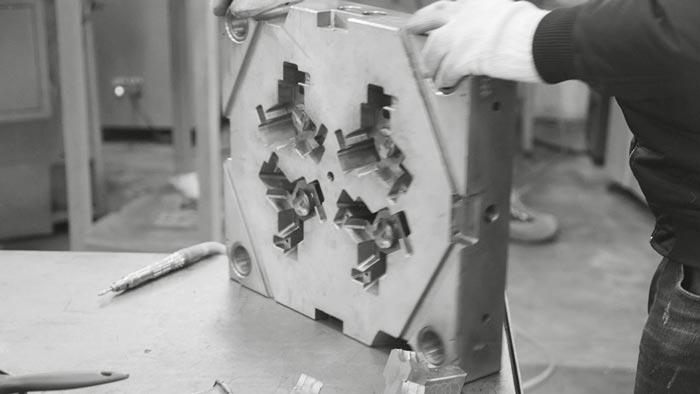
Design & Development
Collaboration is key for successful product design. We work with our OEM partners to design for manufacture (DFM), design for test (DFT), and design for cost; we design for excellence (DFX). From there we take it forward through validation, certification and NPI:
As Ryder Industries started life as an Original Equipment Maker (OEM), we invested heavily in engineering. Precision engineering is in our DNA and has been for over 40 years.
Our specialist focus helps to speed up not only design, but importantly development: prototyping, NPI, and finally manufacturing. Our customers enter the market earlier.
In some instances, customers even come to us with just a concept; we provide mechanical and electronic engineering to go through the processes and to place the product into the mass production.
Electronics Design

Modern electronics covers a broad range of technologies. Each requires its own range of specialist skills and its own support equipment.
With many years of experience in fields adjacent to our core industries, we can imagine creative solutions to problems that might baffle single-industry specialists.
And the task is not complete until production is humming smoothly and end users out in the field are reporting satisfaction.
With more than 20 electronics design engineers, teamed with 30 production and industrial engineers, we add value throughout the entire product lifecycle and beyond.
Firmware Design

Microcontrollers are everywhere on today's PCBs. Firmware is the key to getting it all to work.
This calls for a disciplined and structured process:
- careful listening: sitting down with the customer to understand the design intent of the subsystem assigned to us;
- a well thought out plan, laying out the spec and test process for each code module,
- building the test equipment and harness to validate each code module, then intelligently validating and updating the spec and documentation,
- integration, system test against the initial specs, and final sign-off.
Mechanical Design

"Toss it over the fence, and let Ryder do the rest."
This is a successful formula for many of our OEMs. They rightly take pride in their distinctive identity and industrial design, the carrier of their image and their creativity. Ryder's structural design takes their ID into production tooling, a completely different field, requiring detailed attention to manufacturing specifics: this is where Ryder excels.
Some OEMs have designs that require their involvement right through the tooling stage, and Ryder is happy to work with them on this basis.
Yet others go the opposite way: their success is not based on how the product looks, but how it works. They give us general guidelines for the appearance, detailed guidelines for function, and we take it from there.
NPI

"This is where it all becomes real!"
Ryder's experienced engineers have been through the process again and again. They operate to a disciplined stage-gate process, validating stage by stage. They focus on the details of cost, function, assembly process, compliance – all the multitude of requirements that make a success of the product.
They are accustomed to working hand in glove with customer engineers, considering both sides a single team focused on successful mass production.
They take pride in the customer's product coming impeccably down the production line!
